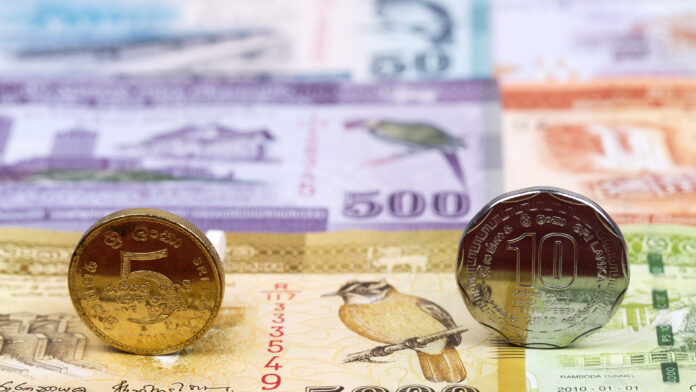Sri Lanka’s Money Market in 2024
By Frontpage Journal
Sri Lanka’s domestic money market experienced a pronounced shift in 2024, with liquidity conditions moving from persistent deficits to notable surpluses by the end of the year. According to the Annual Economic Review 2024 published by the Central Bank of Sri Lanka, this transformation was primarily driven by targeted foreign exchange purchases and strategic monetary operations aimed at reinforcing macroeconomic stability and restoring confidence in financial markets.
The Central Bank injected substantial liquidity into the market through net purchases of foreign exchange, amounting to approximately Rs. 858 billion. These interventions were designed not only to stabilize the rupee but also to rebuild reserves and enhance domestic liquidity. This was further complemented by net foreign loan disbursements to the government—particularly from bilateral development partners, and foreign currency swap
arrangements between the Central Bank and Licensed Commercial Banks (LCBs).
As a result of these inflows, average liquidity levels, which had stood at a deficit of around Rs. 70 billion in 2023, shifted into surplus territory by mid-2024, reaching around Rs. 120 billion, and expanded further to approximately Rs. 168 billion by year-end. This shift marked a significant easing in short-term funding pressures across the financial system.
Policy changes played a critical role in this realignment. Restrictions on the use of the Central Bank’s Standing Facilities, introduced in early 2023, were first relaxed in February 2024 and completely removed by April. These measures increased access to Central Bank support mechanisms and helped accommodate the liquidity needs of a wider group of financial institutions.
However, the liquidity surplus was not evenly distributed across the banking sector. The Central Bank noted that foreign banks held a large share of excess liquidity, which was not easily accessible to liquidity-deficit institutions due to counterparty limits and risk considerations. This imbalance restricted interbank market activity, particularly during the first half of 2024.
The situation improved somewhat following a sovereign credit rating upgrade towards the end of the year, which helped ease counterparty concerns and modestly revived interbank transactions. In parallel, the Central Bank maintained an accommodative monetary policy stance and actively managed liquidity conditions through Open Market Operations (OMOs).
These included periodic liquidity injections to correct distribution asymmetries.

By the final quarter of 2024, as overall liquidity conditions remained in surplus and interbank market activity picked up, the Central Bank began gradually scaling back its interventions. It eventually discontinued overnight reverse repo operations from early December 2024, signaling a measured shift toward policy normalization.
Nevertheless, the Central Bank cautioned that some of this surplus was partially offset by maturing Central Bank holdings of Treasury bills, coupon payments on Treasury bonds, and net currency withdrawals. These outflows served to temper the excess liquidity, although they did not reverse the broader trend.
The developments in 2024 illustrate a decisive shift in Sri Lanka’s monetary management strategy. While the liquidity surplus offers short-term relief and boosts financial system confidence, the Central Bank emphasized the need for continued vigilance to ensure sustainable credit expansion, inflation control, and the prevention of liquidity distortions.
In essence, the evolving liquidity conditions in 2024, as detailed in the Central Bank’s official review, reflect a careful balancing act between restoring economic confidence and laying the groundwork for long-term financial sector resilience.
Source: Central Bank of Sri Lanka, Annual Economic Review 2024




